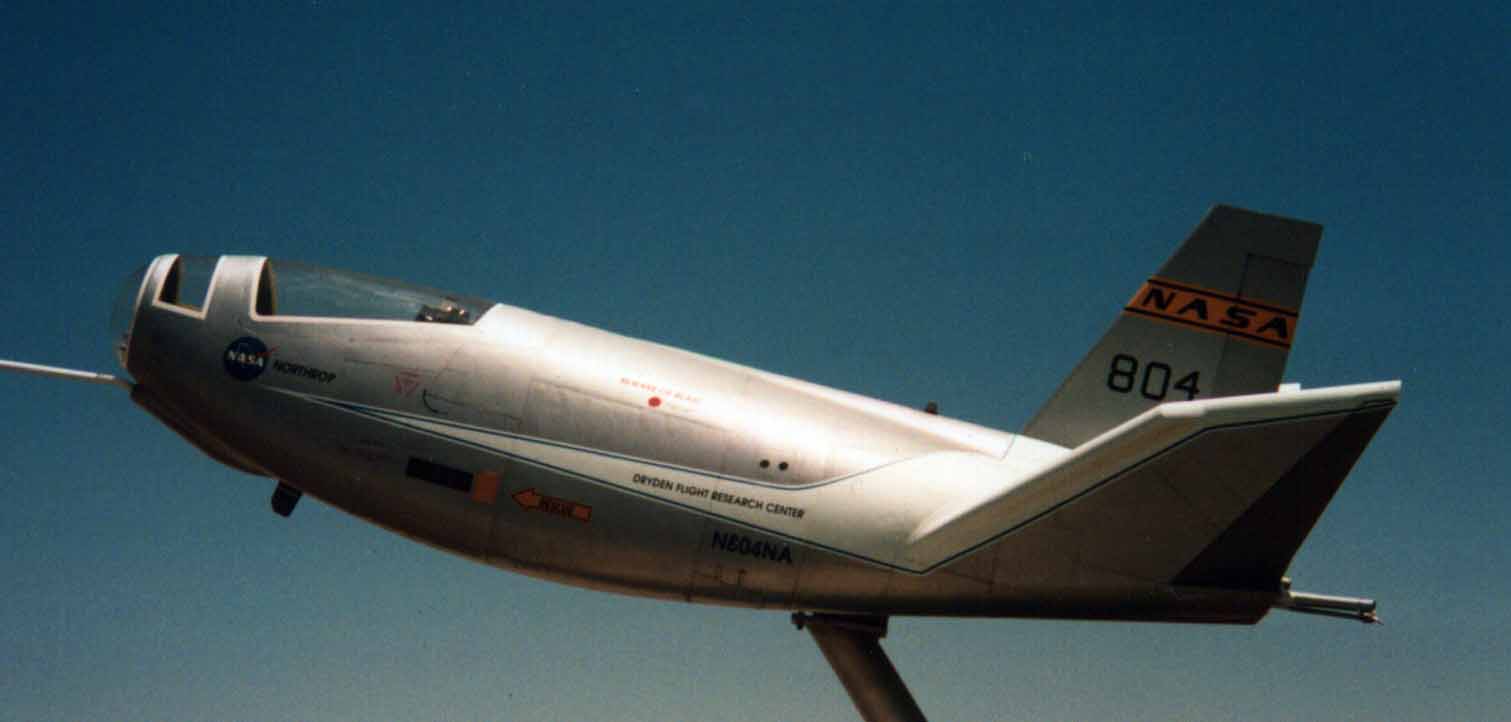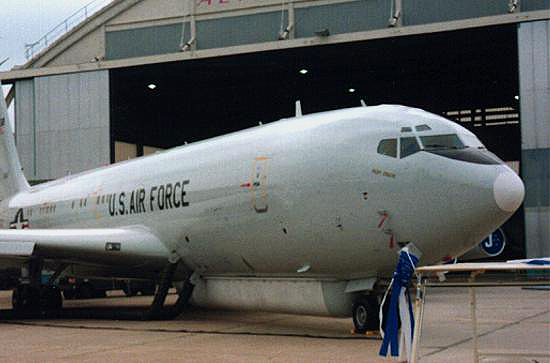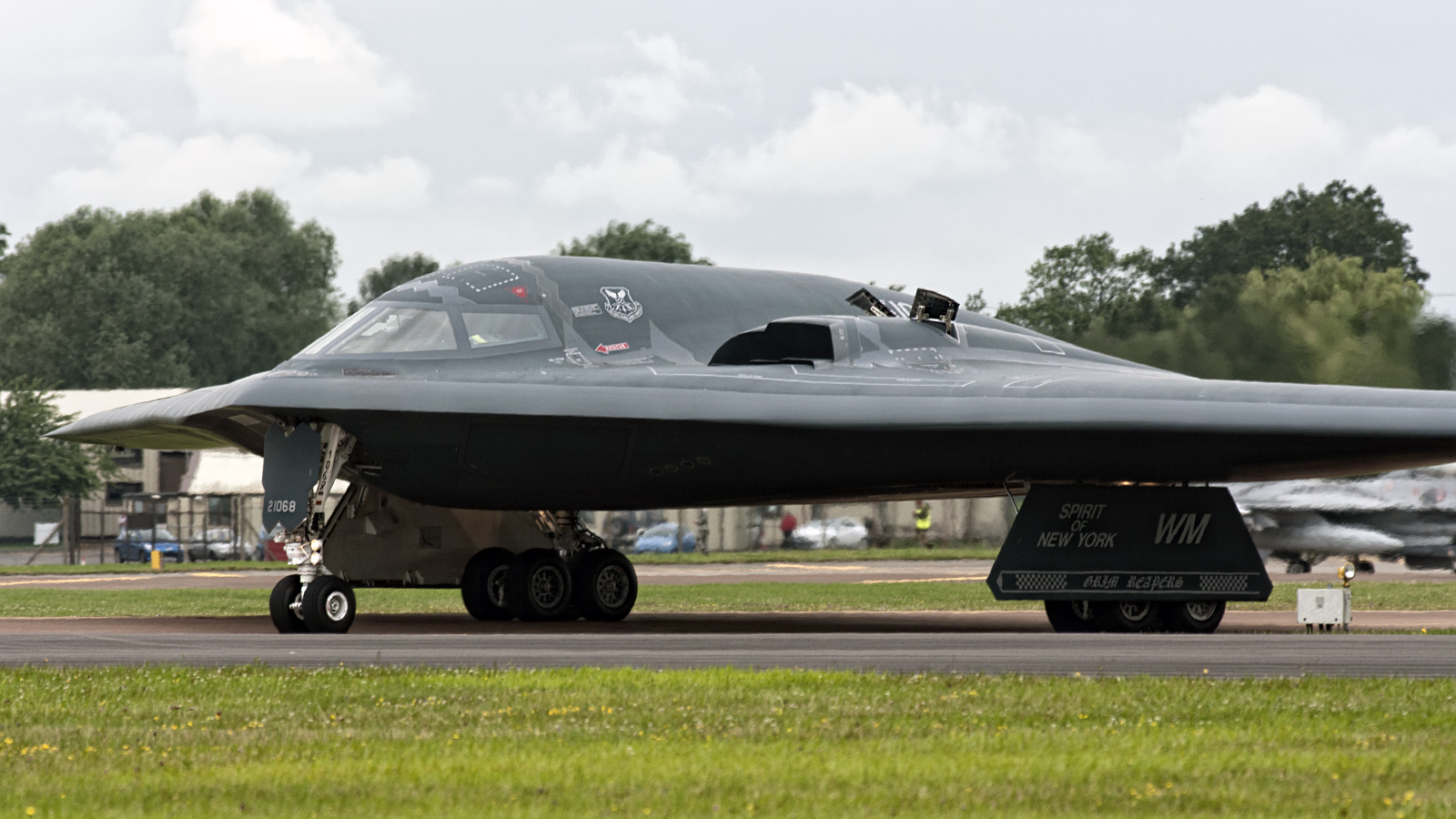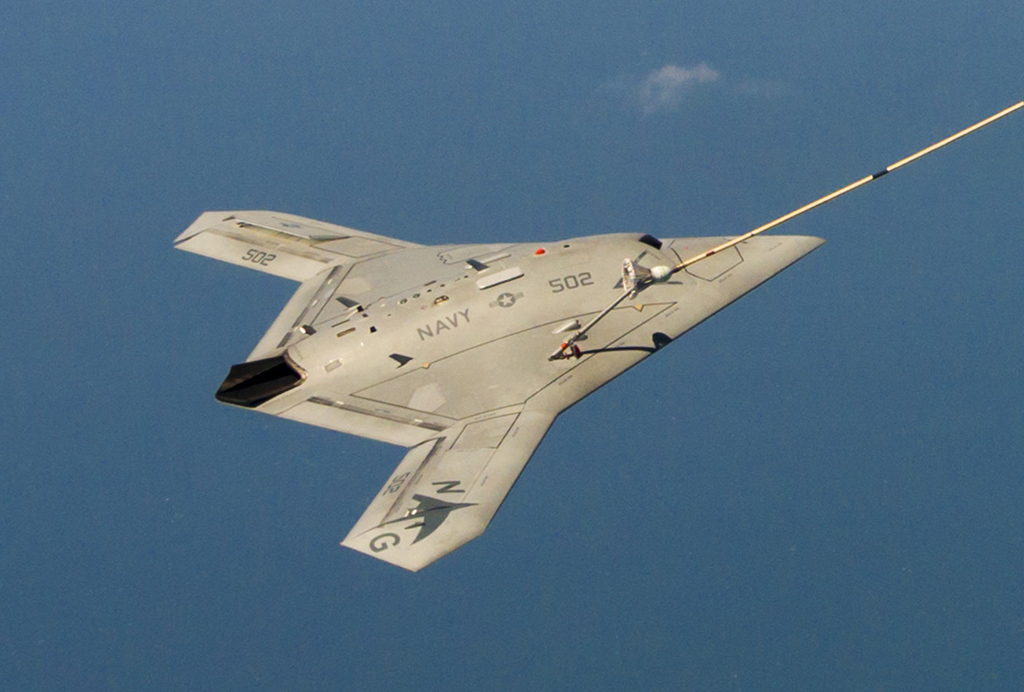
The Northrop HL-10 was one of five heavyweight lifting body designs flown at NASA’s Flight Research Center (FRC—later Dryden Flight Research Center), Edwards, California, from July 1966 to November 1975 to study and validate the concept of safely maneuvering and landing a low lift-over-drag vehicle designed for reentry from space.
Developing nation: United States of America.
Manufacturer/designer: Northrop.
Type aircraft: Experimental heavyweight lifting body .
First flight: December 22, 1966.
Status: November 1975.
Built: 1.
Lifting bodies pose complex control, structural, and internal configuration issues. Lifting bodies were eventually rejected in favor of a delta wing design for the Space Shuttle. In 1963, NASA began programs with heavier rocket-powered lifting-body vehicles to be air launched from under the starboard wing of a NB-52B, a derivative of the B-52 jet bomber. These unique research vehicles, with their unconventional aerodynamic shapes, were the M2-F1, M2-F2, M2-F3, HL-10, X-24A, and the X-24B. The information the lifting body program generated contributed to the database that led to development of the current space shuttle program as well as the X-33 and X-38 technology demonstrators.
The HL-10 was flown 37 times and it set several program records. On Feb. 18, 1970, Air Force test pilot Major Peter Hoag flew it to 1,228 m.p.h. (Mach 1.86), fastest speed of any of the lifting bodies. Nine days later, NASA pilot Bill Dana flew the HL-10 to 90,303 feet, the highest altitude reached by any of the lifting body vehicles. The HL-10 was also the first lifting body to fly supersonically — on May 9, 1969, with NASA pilot John Manke at the controls.
The HL-10 is now on public display at Dryden.
General characteristics
- Crew: one pilot
- Length: 6.45 m (21 ft 2 in)
- Wingspan: 4.15 m (13 ft 7 in)
- Height: 2.92 m (9 ft 7 in)
- Wing area: 14.9 m² (160 ft²)
- Empty: 2,397 kg (5,285 lb)
- Loaded: 2,721 kg (6,000 lb)
- Maximum takeoff: 4,540 kg (10,009 lb) (propellant wt 1,604 kg – 3,536 lb)
- Powerplant: 1 x Reaction Motors XLR-11 four-chamber rocket engine. 8,000 lbf (35.7 kN) thrust
Performance
- Maximum speed: 1,976 km/h (1,228 mph)
- Range: 72 km (45 miles)
- Service ceiling: 27,524 m (90,303 ft)
- Wing loading: 304.7 kg/m² (62.5 lb/ft²)
- Thrust-to-weight: 1:0.99
All pictures courtesy of Zijde Aviation Photo and Publishing, Rob Vogelaar


